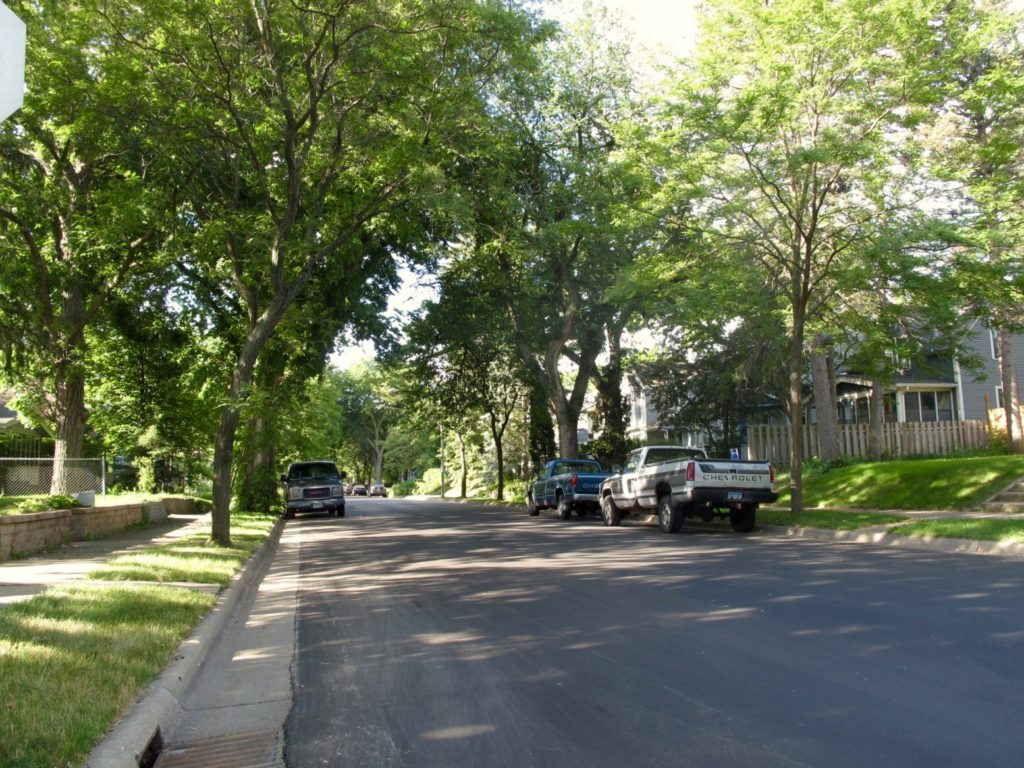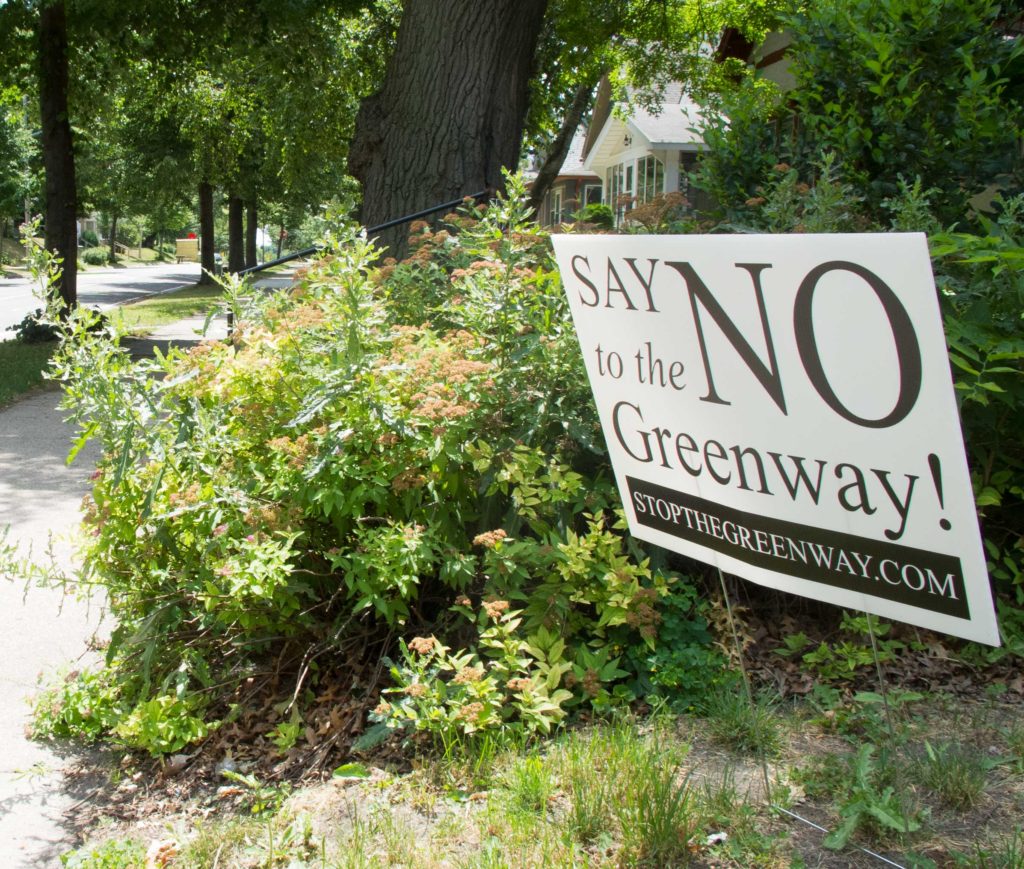I saw something today which resonated with the topics of last week’s awesome Mobility4All panel. One of my take-aways was that bike infrastructure became associated with gentrification partly because the bike advocacy movement chose to pair infrastructure with economic development in order to gain political influence. This strategy has been effective at increasing infrastructure investment in some cities, but encountered the problem that not all communities view economic development through the same lens. In particular, disadvantaged communities often view economic development as increasing the risks of displacement and gentrification. And that’s especially true when development proposals feel like top-down plans coming from outside the community.
In my field work this manifested as a planning disaster in North Minneapolis, as advocates forced through a neighborhood greenway which later had to be removed due to community opposition.
Today, Andy Singer (who you may recognize from his “No Exit” cartoons) posted on streets.mn about the possibility of re-purposing part of a railroad bridge across the Mississippi to extend the popular Midtown Greenway.

As part of Singer’s argument for the project, he juxtaposes these two points:
An Extension would also connect East African immigrant communities in the Philips and Cedar-Riverside neighborhoods with a large community in Saint Paul’s Midway.
Real Estate Development
There are areas just east of the Mississippi that have the potential for real estate development, near both St Anthony Avenue and Mississippi River Boulevard on currently unused railroad land that’s either connected or could be connected to adjacent neighborhoods.
Saint Paul’s Midway neighborhood is among the poorest in the Twin Cities. What might the East African community there think about the possibility of real estate development? Is a bike/ped bridge one of their priorities? Do they even feel welcome on the Midtown Greenway, where a number of studies have shown that gentrification has accelerated?
Cycling infrastructure often feels like it’s imposed on neighborhoods by outside forces, because it often is. If we as advocates purport to speak for the interests of disadvantaged groups, we had better spend some time listening to how they articulate their needs and gaining understanding of their communities. We are part of the structural inequalities of our society; let’s not reinforce them.


